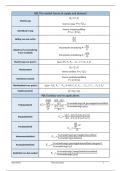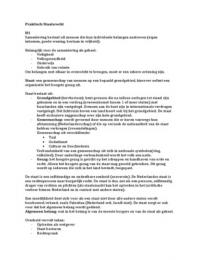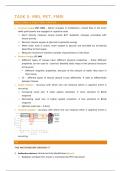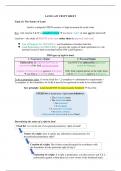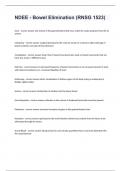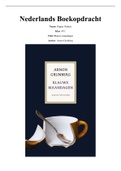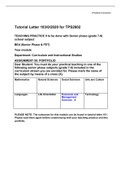Samenvatting
Summary Strategy&Organisation - Reading Notes Week 1
- Instelling
- Universiteit Van Amsterdam (UvA)
An extensive summary containing the academic articles for week 1 from the requested reading list in the Strategy and Organisation Pre-Master course.
[Meer zien]





